Popular mid-season honeysuckle variety “Velvet”
Recently, honeysuckle bushes can be found more and more often in garden plots. The Velvet variety is especially popular among gardeners - it is resistant to frost and disease. Its bushes can not only decorate the area, but also produce very tasty and healthy berries. Although the plant is unpretentious, to get a good harvest you should familiarize yourself with the basic rules for growing it.
Description of the honeysuckle variety Velvet
Honeysuckle variety Velvet is a medium-ripening crop.
Already at the end of June you can enjoy delicious and vitamin-rich berries.
Origin and development
When breeding Velvet honeysuckle, breeders used seeds of the Selena variety as the basis.
The new variety has spread throughout almost the entire country. But more often than others, the unpretentious shrub is grown by residents of the central regions.
Breeding history
The cold-resistant variety Velvet was bred in 1977 at the NIISS in Barnaul. After lengthy research, in 2004 it was included in the State Register of the Russian Federation.
The variety is recommended for cultivation both on personal plots of land and for industrial production.
Chemical composition, trace elements and vitamins, beneficial properties
Honeysuckle Velvet is distinguished not only by the pleasant taste of the fruit, but also by its beneficial properties. A rich set of vitamins and biologically active substances was found in the fruits. Only one vitamin C in 100 g of product contains up to 30 mg - this is a third of a person’s daily requirement.
The chemical composition of the berries also contains:
- natural sugars: glucose, fructose, galactose, sucrose;
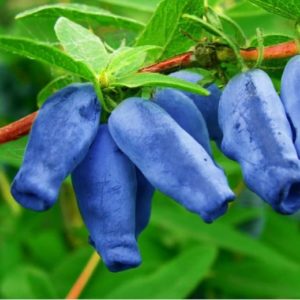
- vitamins A, B1, B2, C, PP, beta Carotene;
- macroelements and microelements: potassium, calcium, magnesium, sodium, phosphorus, iron, manganese, aluminum;
- organic acids: citric, folic, malic, succinic, oxalic;
- tannins and pectin substances.
The calorie content of 100 g of berries is 30–40 kcal, so they can be used in dietary nutrition.
Not only berries are useful, but also flowers, bark, leaves, buds, young shoots and even honeysuckle roots. They are used for medicinal purposes:
- as a multivitamin, antipyretic and vascular strengthening agent (for cardiovascular diseases, hypertension);
- to improve digestion and appetite;
- increasing immunity and hemoglobin in the blood;
- elimination of inflammatory processes in the mucous membrane of the throat, oral cavity, and conjunctivitis;
- stabilization of intestinal function during diarrhea and constipation;
- as a choleretic and diuretic.
Features of application
Velvet honeysuckle berries are consumed fresh, despite their slight bitterness.. Widely used in the preparation of compotes, mousses, preserves, jams, various desserts, pastries and wine.
The beneficial properties of fruits are practically not lost during freezing, drying and heat treatment, so they are prepared for the winter to replenish the body with vitamins. In autumn and winter they will serve as a filling or decoration for pies and cakes.
Honeysuckle is often used in folk medicine and cosmetology (masks for nourishing and rejuvenating facial skin, rinses for dull and weak hair, etc.).
Ripening period
Harvesting honeysuckle varieties Velvet falls in the last ten days of June.The berries ripen at the end of June. It is possible to collect them at once.
Productivity and fruiting
Culture precocious with average performance productivity. There are also more productive varieties, but Velvet honeysuckle, regardless of weather conditions, always produces stable yields - up to 2.5 kg per bush (5.1 t/ha).
Resistance to diseases and pests
The Velvet variety is endowed with high resistance to diseases and pests. But to grow healthy and productive shrubs, it is necessary not only to follow the rules of care, but also to periodically carry out preventive measures against diseases and harmful insects.
Resistance to cold and drought
The culture is endowed with high winter hardiness. Adult plants can easily tolerate temperatures dropping to -25-30°C without additional shelter. If the winter is snowy, it can withstand lower temperatures.
Honeysuckle Velvet tolerates temperature changes well. It does not stop flowering and setting fruit even during long periods of cold weather. However, late return frosts can destroy only the blossoming buds.
The plant does not tolerate dry periods well. This is due to the structure of the root system, which develops in breadth and not in depth. Therefore, it is not advisable to plant shrubs on sandy and sandy loam soils.
Characteristics, description of appearance, taste
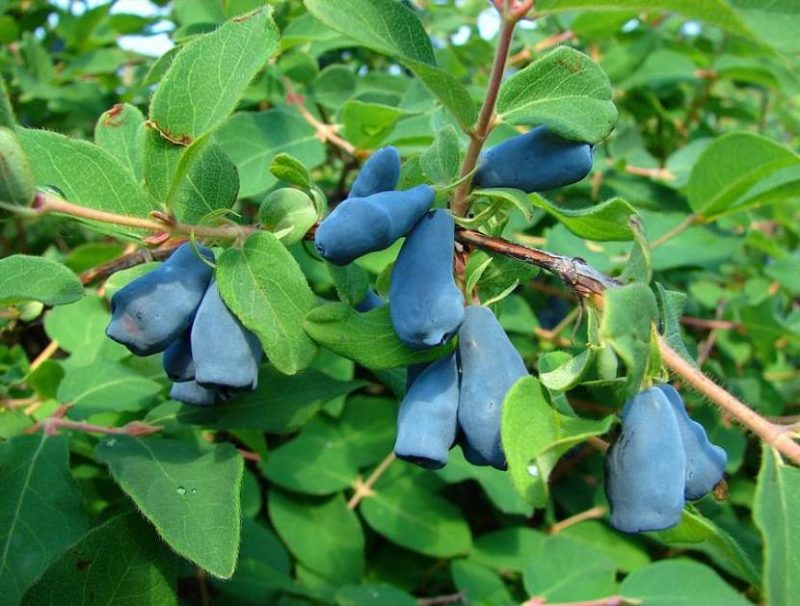
The culture is a vigorous, spreading bush up to 2 m high. The shoots are erect and of medium thickness. When young, they are distinguished by a red-brown tint, later becoming gray-green with light gray pubescence.
The culture is endowed with good decorative characteristics. The crown is spreading and dense. Its branches are densely covered with leathery matte leaves.In summer they are green and in autumn they turn purple.
The leaf blades are medium in size, oval in shape. Light veins are clearly visible on the upper side, the lower side is a uniform green color, slightly pubescent.
Velvet honeysuckle blooms at the beginning of May. At this time, the bush is covered with many buds of soft pink color, resembling droplets. As the petals of the flowers, collected in voluminous brushes, bloom, acquire a lighter tone.
The berries of the plant are slightly elongated oval in shape, dark blue in color. The pulp is dense and juicy. There is a waxy coating on the surface of the peel. The taste is sweet and sour with a slightly noticeable bitterness, without aroma. Tasting score: 4.5 points. The average fruit weight is 0.9-.2 g. At the ripe stage, they do not fall off for a long time.
For which regions is it best suited and what are the climate requirements?
Since the Velvet honeysuckle variety is a winter-hardy crop and easily tolerates sudden cold snaps, it is suitable for cultivation in all regions of the country.
It feels less comfortable in the southernmost latitudes if it is not provided with more frequent and regular watering.
The main advantages and disadvantages of the variety
Gardeners growing Velvet honeysuckle note the following advantages of the variety:
- resistance to cold and severe frosts;
- strong immunity to most diseases and pests;
- berries with dense pulp tolerate transportation well and retain their taste for 7-10 days when stored in a cool place;
- rapid ripening and commercial quality of fruits;
- stable yield every season;
- If you follow the rules of agricultural technology, the fruits are not prone to shedding, even if they are overripe.
There are also disadvantages:
- presence of bitterness in the taste of berries;
- the complexity of caring for tall bushes;
- The plant requires pruning and abundant fertilizing.
What is the difference from other varieties and hybrids
Among varieties and hybrids, Velvet honeysuckle stands out for its high degree of frost resistance. It tolerates temperatures down to -45°C painlessly.
Features of planting and growing
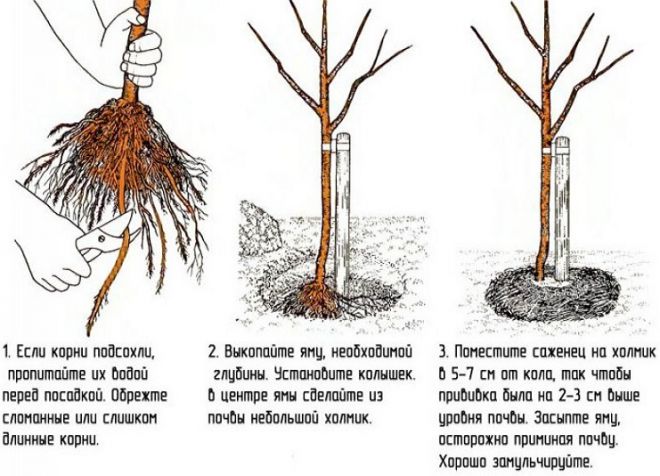
If you follow the rules planting and care the gardener will receive a rich harvest for many years.
Preparing for landing
Before planting, seedlings are placed in a manganese solution (40 g of manganese is required for 1 bucket of water) and kept for 30-40 minutes. This allows plants to be disinfected. They are then washed under running water.
Soil requirements
The soil should be light and nutritious. It is advisable to plant the crop on loamy soil.
Selecting a site and preparing holes
Choose a place that is illuminated. Bushes should be in the sun for at least 10 hours a day.
3-4 weeks before planting, the site is dug up and weed roots are removed from it. Then they dig a hole measuring 50 by 50 cm. 3 kg of humus, 300 g of urea and 100 g of superphosphate are poured into the bottom of the hole. After this, pour 20 liters of warm water.
Dates, scheme and rules of planting
The most suitable time for planting is considered to be the end of September or the beginning of October. A distance of 4 m is maintained between the bushes, since the plants are quite large and should not shade each other.
Landing is carried out as follows:
- The seedling is placed vertically in the planting hole.
- The roots are straightened.
- Fill the hole with soil and compact it.
- After planting, water with 1 bucket of water.
Features of cultivation
Honeysuckle has roots close to the surface of the earth.Therefore, weeding and loosening are carried out very carefully so as not to damage the root system.
Nuances of care
In the central and northern regions of Russia, Velvet honeysuckle is watered with 1 bucket of water. In the southern regions, 2 buckets are poured under each bush. The interval between waterings should be 1.5-2 weeks. The next day after watering, the soil around the trunk is loosened so that the crust does not interfere with the penetration of air to the roots.
During the season, honeysuckle is fed 4 times:
- After the snow melts. 200 g of ammonium nitrate is added under the root.
- During leaf formation. 2 liters of potassium nitrate solution are poured under each plant.
- During fruit formation. 3 liters of urea solution are poured under the bushes. The solution is prepared at the rate of 600 g of substance per 10 liters of water.
- A week before harvesting, add superphosphate - 120 g for each bush.
Velvet honeysuckle also requires pruning, as its branches grow very quickly. Every year, shoots that grow inside the bush and those that have not formed an ovary are removed. This procedure is carried out in the spring.
In autumn, remove damaged and dry branches.
Pollinators
The Velvet variety requires pollinators. It is best to plant honeysuckle next to it Wojtek, Gerda, Altai or Zinri.
Disease and pest control
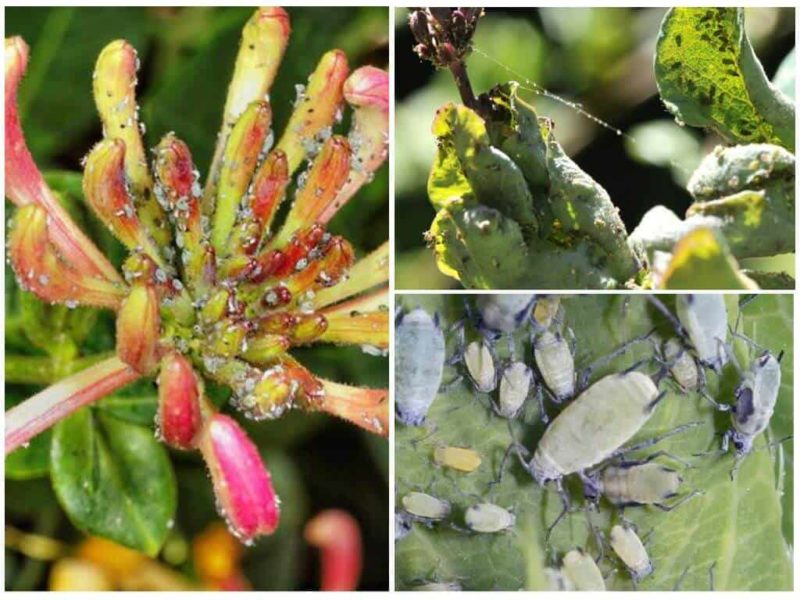
During the cultivation of the variety, gardeners did not have any special comments about the immunity of this crop. Bushes are rarely affected by diseases and pests. Most often these are cercospora blight and powdery mildew. For treatment, fungicides or copper-containing preparations are used.
Preparing for winter
Velvet has good winter hardiness, so the variety does not need shelter. Before the arrival of frost, the bushes are only mulched with humus, leaves or pine branches.
Reproduction
Main methods of reproduction:
- Cuttings. At the beginning of May, the strongest shoot is selected and cut into 15 cm pieces. The lower leaves are removed from them, after which the cuttings are placed in a growth stimulator for 12 hours. Then they are planted in a nutrient substrate. The seedlings are transferred to a permanent location in the fall.
- Dividing the bush. Bushes several years old are dug up and divided into several parts (depending on the number of skeletal branches with rhizomes). Then the individual parts are planted on the site.
Harvest and storage
Berries are collected in plastic containers. No more than 1 kg of fruit is placed in each container. Otherwise, the berries will choke.
How and when to collect
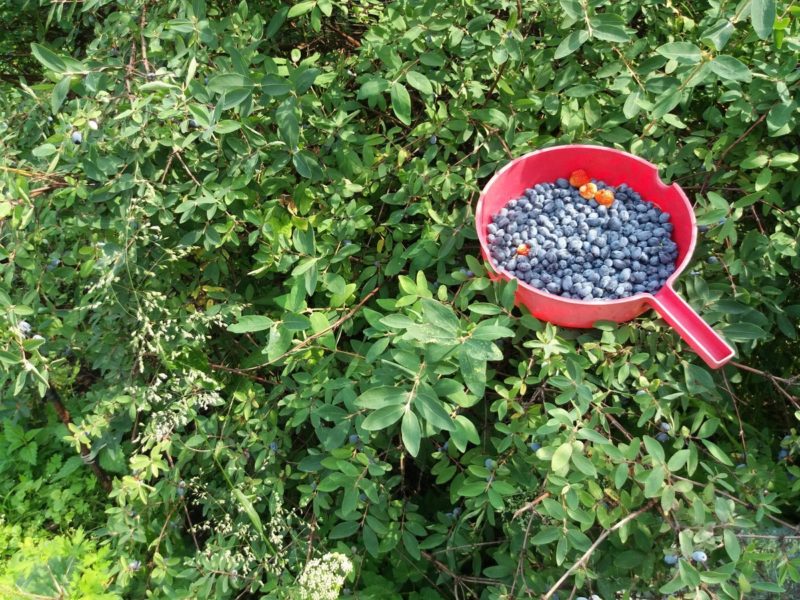
Velvet honeysuckle is harvested at the end of June. The process is carried out manually, since the berries are difficult to shake off.
Storage Features
Storage duration depends on conditions. If you place the crop in a cool and dark place, the time frame will be about 1 month. Fruits can be stored in the refrigerator for no more than 3 weeks.
To increase shelf life, the berries are prepared or frozen.
What difficulties may there be when growing
Difficulties sometimes arise when growing in the southern regions. It is important to constantly monitor soil moisture.
If the ground has dried 15 cm deep, then the honeysuckle is watered with 20 liters of water.
Tips and reviews from experienced gardeners about the variety
Natalya, Bryansk: “Before, I never thought that I would grow honeysuckle. I planted several Velvet bushes along the plot to make a hedge. The seedlings grew quickly. Already in the second year they produced a small harvest. Now I use them to make juice and jams.”
Zhanna, Smolensk: “We have been growing Velvet honeysuckle for a long time. The bushes consistently produce a good harvest. I like that they are not dependent on the weather.The taste is pleasant, with a slight bitterness. It is good to freeze for the winter. The berries do not lose their shape and are suitable for decorating desserts.”
Conclusion
Honeysuckle Velvet has a peculiarity - a bitter taste. It will scare some people away, but those who love it will receive bountiful harvests of large berries every year. But it is important to provide the plants with proper care, which includes watering, fertilizing and pruning.